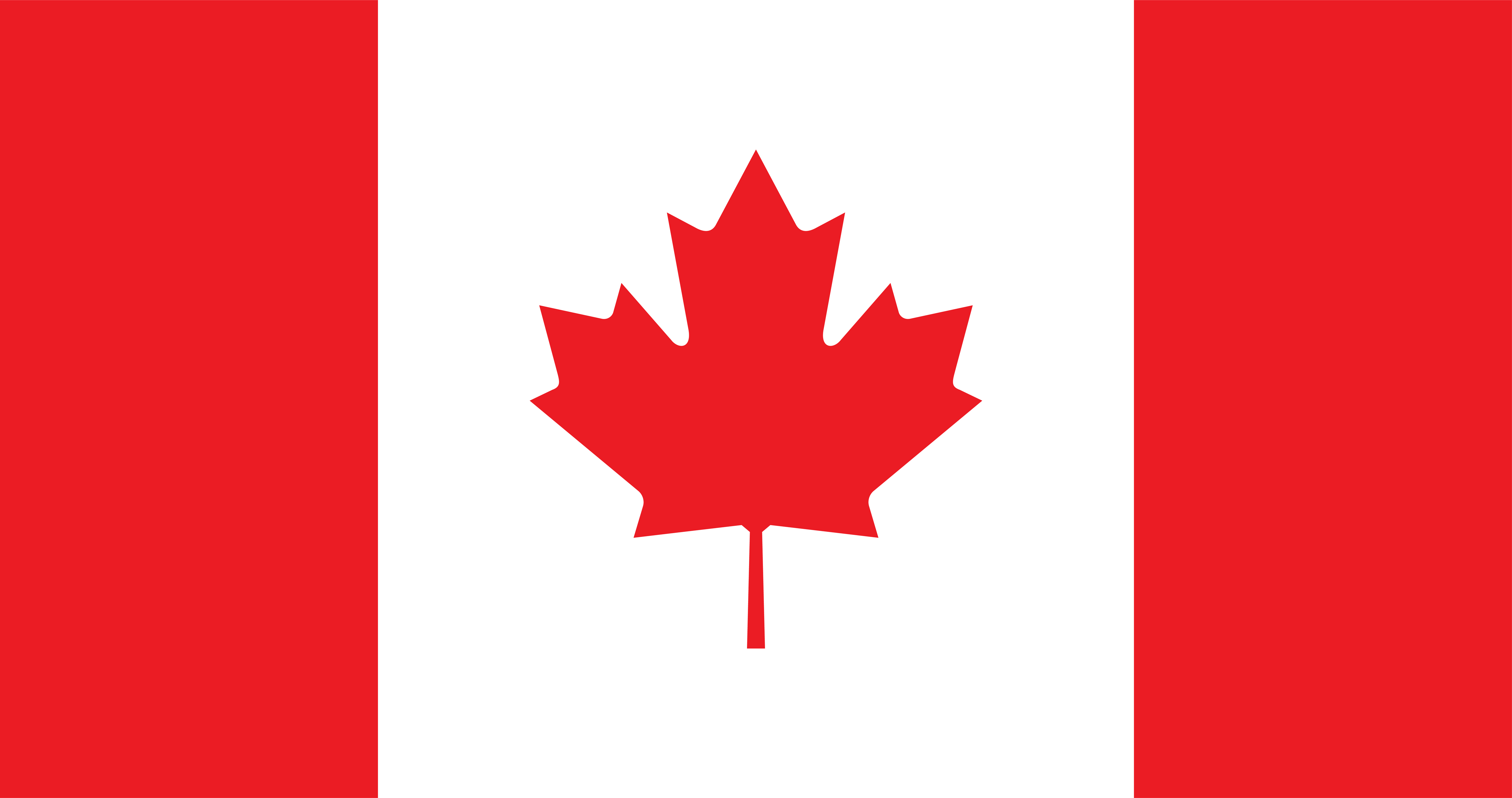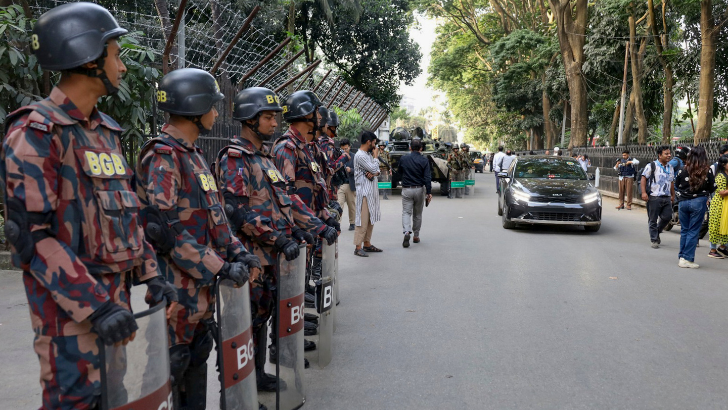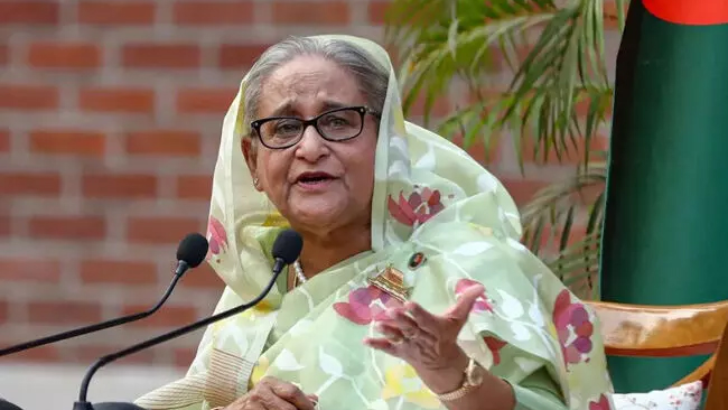Canada ends fast-track visa for students, Indians hit
The processing time for students applying under the Student Direct Stream (SDS) was significantly shorter and approval rates higher, something that will change after Canada ended the scheme on Friday
PTI
Ottawa, 9 Nov
Canada has ended with immediate
effect the popular fast track study visa programme, SDS, a major policy
decision that is likely to impact scores of international students, including
from India.
The processing time for students
applying under the Student Direct Stream (SDS) was significantly shorter and
approval rates higher, something that will change after Canada ended the scheme
on Friday.
Prime Minister Justin Trudeau in
September had announced on X: “We’re granting 35 per cent fewer international
student permits this year. And next year, that number’s going down by another
10 per cent.”
“Immigration is an advantage for
our economy - but when bad actors abuse the system and take advantage of
students, we crack down,” he added in the post as the Canadian government said
it was looking to reduce the number of temporary residents.
The move comes amid the ongoing
diplomatic row between India and Canada.
According to the Indian High
Commission here, India is the largest source country of foreign students with
an estimated 4,27,000 Indian students studying in Canada.
“Canada is committed to giving all
international students equal and fair access to the application process for
study permits,” the Immigration, Refugees and Citizenship Canada (IRCC) said in
a statement on Friday.
Canada's goal is to “strengthen
programme integrity, address student vulnerability, and give all students equal
and fair access to the application process, as well as a positive academic
experience,” the statement said.
The SDS was launched in 2018 to
provide faster processing for eligible post-secondary students, it said,
adding, it was eventually opened to legal residents of Antigua and Barbuda,
Brazil, China, Colombia, Costa Rica, India, Morocco, Pakistan, Peru, Philippines,
Senegal, St. Vincent and the Grenadines, Trinidad and Tobago, and Vietnam.
There was a similar Nigeria Student
Express (NSE) for prospective university students from Nigeria; it too has
ended along with the SDS, the statement said, adding, both the SDS and the NSE
initiatives ended on Friday.
The IRCC gave a cut off time of
2:00 pm ET on Friday (00:30 IST Saturday), and said all the eligible SDS and
NSE applications received before it will be processed under these streams.
However, the IRCC said the
prospective students can still apply through the regular study permit stream,
for which Guaranteed Investment Certificates are accepted as proof of financial
support.
According to a news portal
immigrationnewscanada.ca, the SDS was launched with the goal of simplifying and
expediting study permit processing for students from selected countries. The
streamlined process allowed eligible applicants from countries such as India,
China and Philippines to enter Canada faster, typically within a few weeks, rather
than waiting for the standard processing time, which could take several months,
it added.
Explained another portal,
moving2canada.com, “Year 2024 has been a turbulent year for prospective
students looking to study in Canada, with significant cuts being made to the
number of international students Canada will admit each year. In contrast, many
say the fast-tracking of SDS and NSE applications as a means to accept as many
students as possible.”
Under SDS, Indian students'
applications were processed within 20 business days and now it may take up to
eight weeks, the portal added.
Not just for international
students, Canada is also stepping back from its previously welcoming
immigration stance, especially for low-skilled workers, including a large
number from India.
On October 24, Immigration Minister
Marc Miller outlined the latest immigration strategy saying Canada will admit
approximately 3,95,000 permanent residents in 2025, marking a drop of nearly 20
per cent from the 4,85,000 expected this year.
The plan also sets a target for
temporary immigrants, including international students and foreign workers.
Their numbers are expected to drop to about 4,46,000 in 2025 and 2026, down
from roughly 8,00,000 this year.
By 2027, Canada will accept just
17,400 new non-permanent residents, the new policy suggested.
Leave a Reply
Your email address will not be published. Required fields are marked *










.png)
.png)

.png)



.png)

.png)
